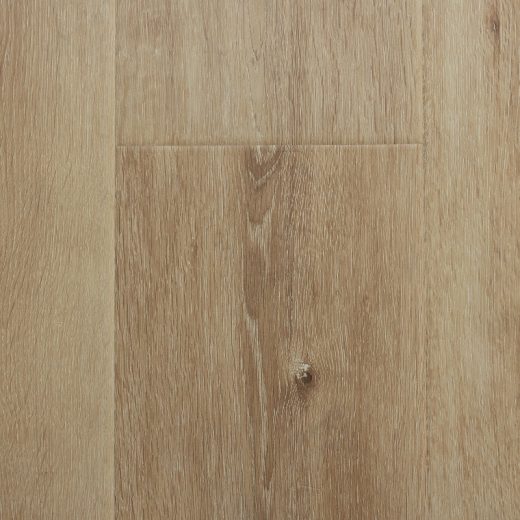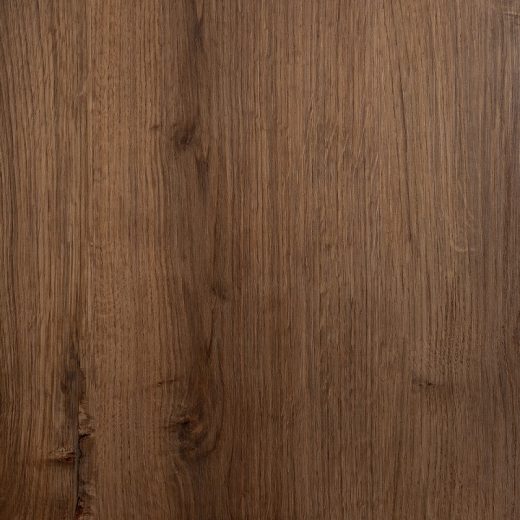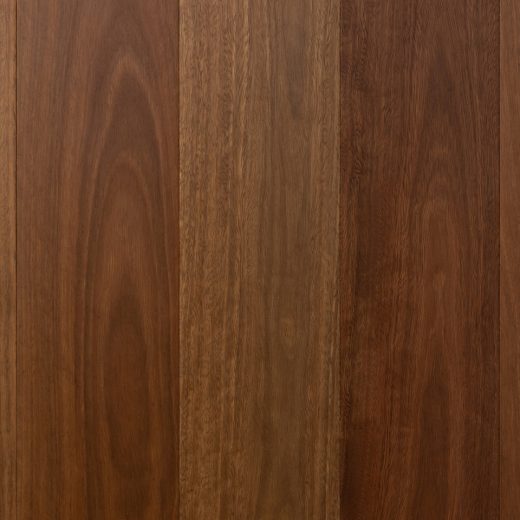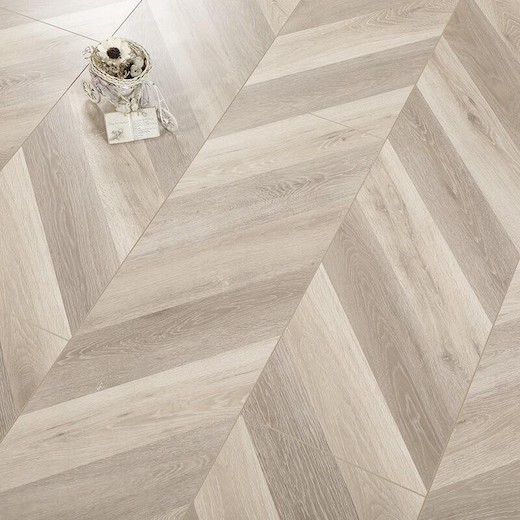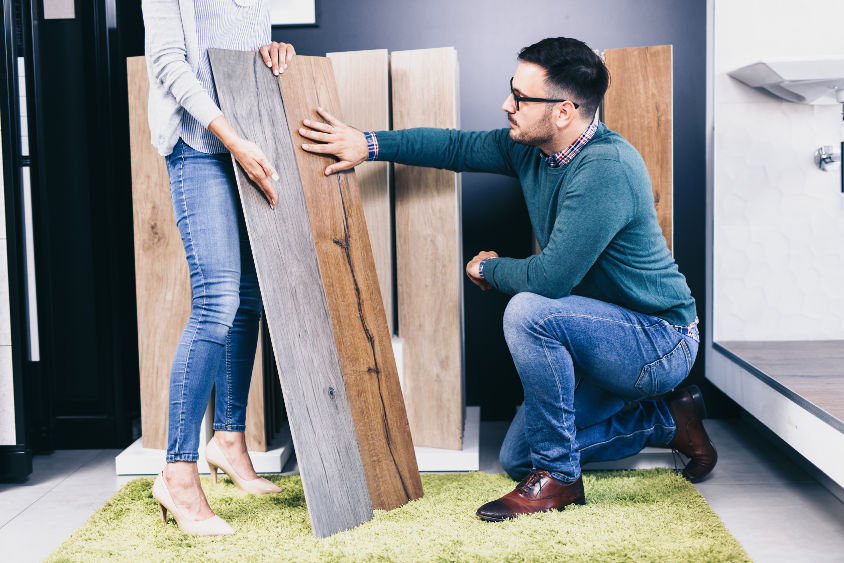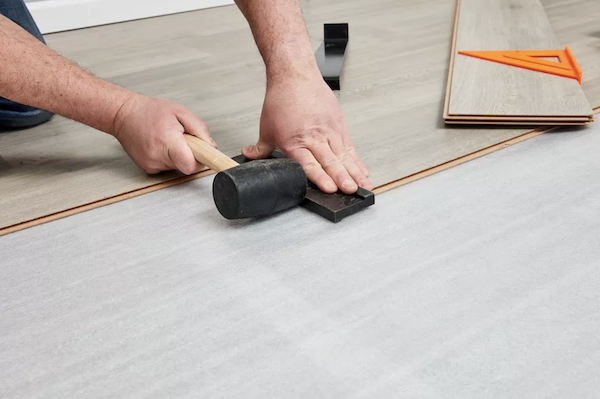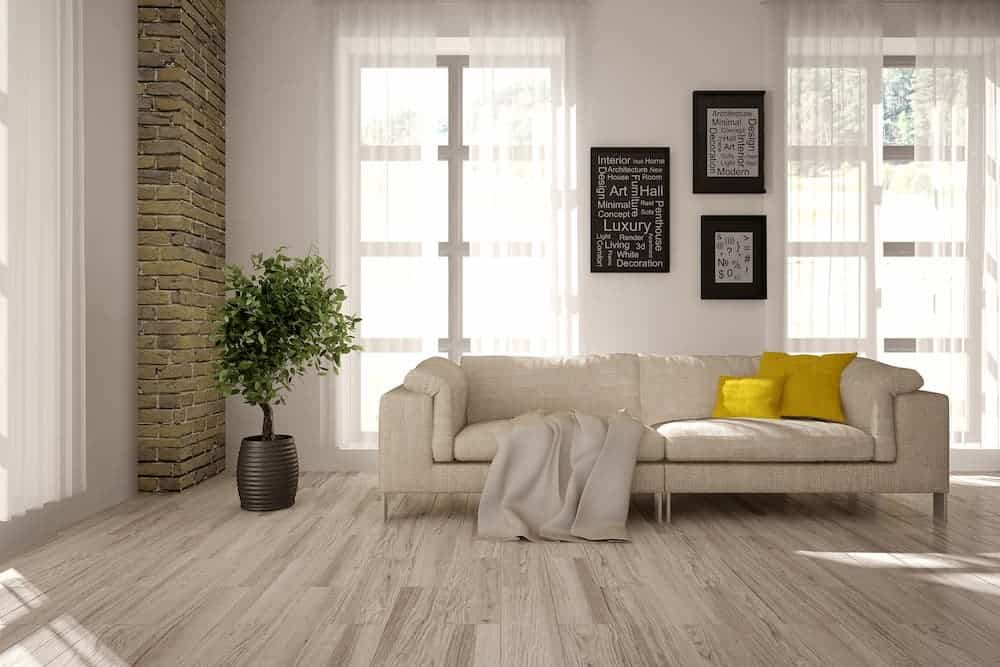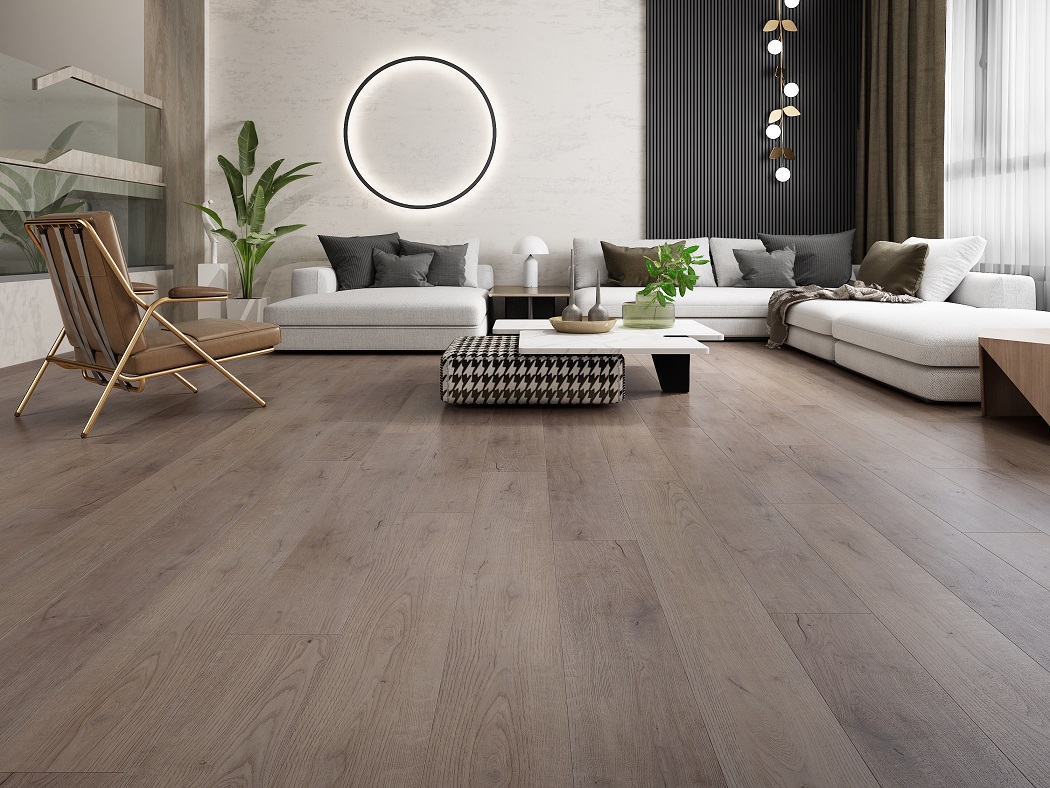When it comes to installing timber floors, there are some essential knowledge that the customer needs to know to avoid falling into the common mistakes and not getting the right quality that matches with the money spent.
Customers tend to browse around different timber floor retailors hoping to gather the right information for the floor that they are after but most of the time, the salesperson tends to provide information that will help close the sale for their products but not the information that the customers are after and in which case will cause more confusion to the customer.
This article is written with the aim to provide the right and useful knowledge about timbers floor for customers who are looking forward to install one.
1. The harder the wood the better?
When choosing the right solid timber, it is not necessarily to choose the hardest one. Iron Bark is considered to be one of the hardest solid woods around the globe, with a hardness level of 14 and the hardness level of spotted gum is only 11. If the floor is chosen according to their hardness, iron bark will be the one for customer to go for but as its hardness is extremely high making it harder to nail and install compares to Spotted gum. Moreover, it tends to loosen and create more noise in long term.
The ideal hardness for solid wood ranges between 7-11 which is the hardness of Black Butt, Blue Gum, Spotted Gum, Okan and tallowwood. The above solid woods are easier to install and maintain.
2. The longer the better the floor?
It is generally accepted that longer and broader timber floors are more expensive but only the insider knows that longer and broader floors are less tolerate to heat and moisture making it hard to maintain in long term. The reason for this is that fibres in solid timber tends to shrink in a high temperature and swell in a moist environment. A breakage in the fibres in the wood can prevent this from happening which means the shorter and narrower woods tend to be more tolerate to heat and moisture.
In terms of stability, shorter and narrower timbers are more stable compares to longer and broader one.
3. The less colour variation, the better the floor?
A timber log can be divided into upper, middle and lower parts vertically. The colour is darker in the lower or the root part of the log compares to the top part of it. In horizontal, the log has an inner part and the outer part and the inner part is darker than the outer.
All solid timbers have colour variation and patter depending on which part of the log is being used as a floor. With all these variations in colour and pattern, the floor is unique in its own and close to the nature. It would lose the nature feeling if all the floors are in a similar colour and pattern.
4. Level of water resistance
It is a misconception not using timber flooring at kitchen area. Timber floors can be very water resistance after applying water proof layer. The major concern with water is not the one on top of the floors but underneath the floor as the water underneath can not be dried easily and quickly which will cause the floor to swell with that excessive amount of water.
Having a good ventilation and preventing leakage of water underneath the floor is vital for keeping the timber floors from swelling.
5. Features of different types of timber floors
Timber floors can mainly be classified into four categories according to their composition: Laminate, Engineered, Bamboo and Solid Wood. Laminate is the cheapest among the four while having a high level of hardness, higher level of scratch resistance and is more tolerate to water. Moreover, it is unlike solid wood that needs to be carefully maintain.
The down-side of laminate is that it does not have the natural feeling and textures that the others can offer. As of the engineered wood, it has the texture of a solid wood and gives a natural feeling while being more adaptive than bamboo and solid wood which makes it the first choice for high end residential. With good quality comes good price and engineered wood is no exception with nearly the same price as a solid wood.
Thirdly, bamboo has a really high level of hardness with a reasonable price which makes it a popular choice for customers. But, bamboo is very hard to maintain as it is extremely sensitive to moisture and heat causing the floor to shrink or swell in long term.
Solid wood is the most expensive and hardest to install and it is less tolerate to water than engineered wood. On the other hand, it has the textures, pattern and natural feeling that no others can provide which adds a unique decoration and feeling to the house. Moreover, solid wood can be sanded and polished for several times making it lasts longer than the other.
6. Is timber better in its natural colour?
It is generally accepted by customers that timbers are better with their natural colour. But it is not necessarily the truth as some timbers will have a dramatic change with just a touch of staining (painting). Take iron bark as an example, its natural colour is light pink but it is more popular after it is being stained in red.
7. Is raw timber better than prefinished timber?
There are two main categories in solid timbers: The raw and the prefinished.
Raw timber means the timber need to be sanded and polished or sanded after installing. After sanding and polishing or sanding, the floor is even and looks just like a whole piece making it nearly perfect. On the other hand, this would increase the cost for the floor as it is more labour-intensive. Moreover, it will have a smell of the pint after the installation and water resistance level will be lower than the prefinished timber floor.
Prefinished timber means the timber has already been sanded and polished or stained. This type of floor does not have any smell right after installation, have a higher level of water resistance and have a lower cost than the raw timber. But the evenness of the prefinished will not be as good as the raw timber.
8. The suitable choice
With these essentials knowledge about timber floors, choosing the right timber floors could be less confused and painful. The following are some additional tips that might help the customers in choosing the suitable floor:
-
Investment & rental property: The ideal timber floor will be laminate as it is relatively low in price, easy to install and maintain while having a higher level of scratch resistance.
-
Bamboo floor is not recommended as its stability and adaptability still need improvement.
-
In picking solid timber, it is recommended to pick the quality over colour. The optimal hardness for solid wood is 7-11. It is not necessarily the case that the broader, longer and harder floors are the best.
-
Engineered wood might not be the best in each category but it is the most outstanding one in overall rating which makes it a quality choice for customer who are looking for exceptional products.
-
It is always quality over price when choosing a suitable timber floor for personal use as it is a long term investment and it will be problematic if it is not chosen properly, in some case which might even cause an extra amount for repairing and replacing the damaged one.


